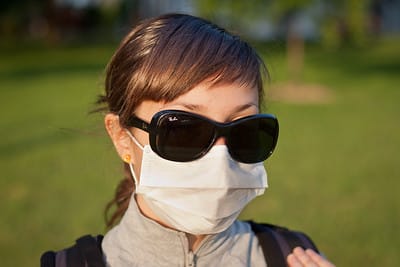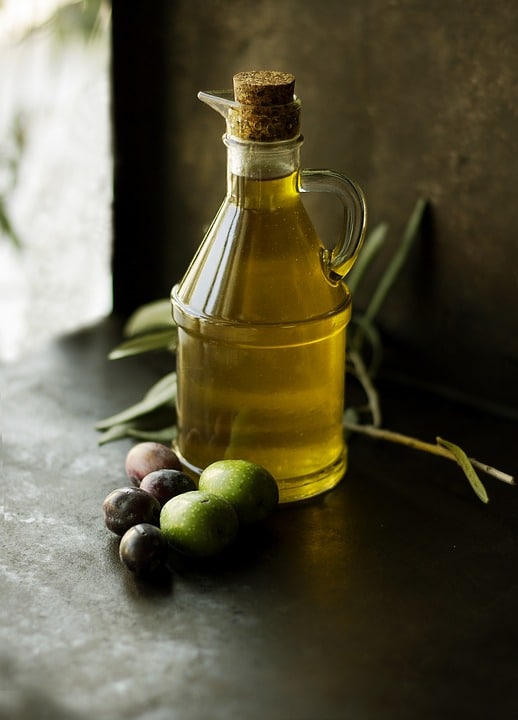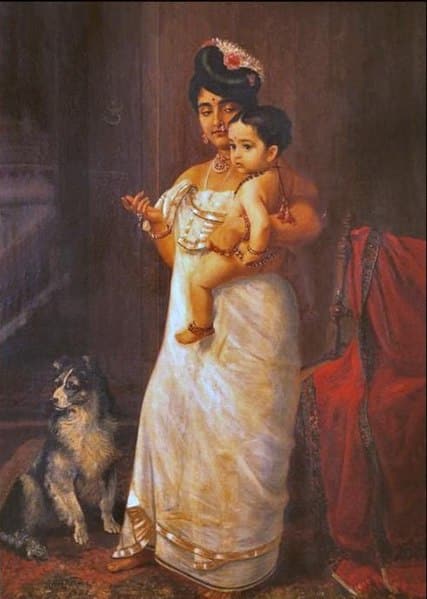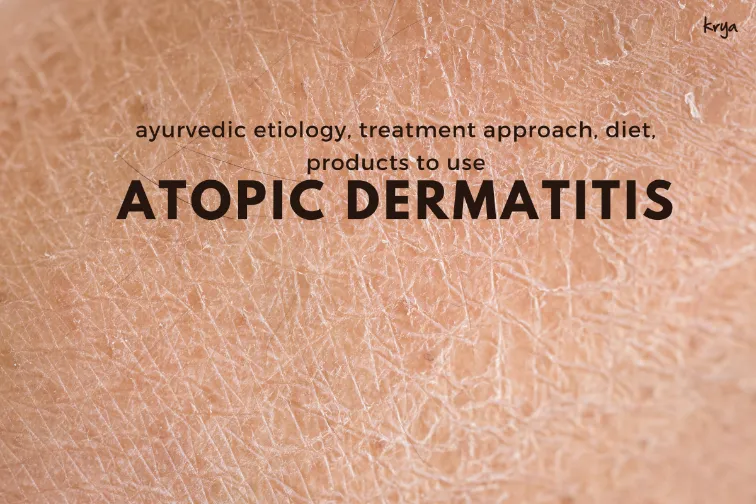
This post was last updated on August 5, 2023 by Preethi Sukumaran According to Ayurvedic seasonal guidelines, Vasanta / spring is now here – so we must all be following Vasanta Ritucharya – modified seasonal guidelines for Spring. If you have already begun to sniffle, sneeze and look desperately for tissues, this season change may have already caught you unawares. One of the most powerful concepts in Ayurveda medicine is the concept of Ritucharya – seasonal regimens to be followed to naturally balance the changes in your doshas due to the change in climate and season. As we have seen in other posts on Ritucharya and Dinacharya, following daily living guidelines or Dinacharya and adjusting these guidelines in every season, or Ritucharya are 2 key ayurvedic cornerstones to good health. When we regularly follow the guidelines of Dinacharya and Ritucharya and also ensure that our choice of Ahara (food) and the way we prepare and eat this food is according to our prakriti, we ensure we are in a state of harmony and balance. This is the Ayurvedic concept of preventive health care. Ayurveda: unique concept of preventive health care Ayurveda’s goal is to prevent the formation of disease by following certain guidelines of good living. This is best described by Acharya Charaka in his Sutra Sthana shlokas: “Swasthasya Swasthya Rakshanam Aaturasya Vikara Prashamanam Cha” He explains that the goal of medicine (Ayurveda) is to rejuvenate and preserve the health of the healthy and then to alleviate diseases in the ill. This order of first tending to the healthy and then treating the sick is specific to Ayurveda. It explains why so much of Ayurveda is primarily focused on health giving regimens rather than disease treatment . This emphasis on preserving health is why Dincharya and Ritucharya regimes (regimes for […]
This post was last updated on August 19, 2021 by Preethi Sukumaran Due to the high use of electronic devices, and excessive eye engagement, many of us commonly face eye strain & eye fatigue. We have recently been receiving a lot of queries on tackling eye fatigue and improving vision through Ayurveda. So we have re-written and expanded one of our earlier posts on this subject. This post will explore how you can easily & visibly reduce eye fatigue & eye strain with Ayurveda . Do you have eye strain? Do you constantly feel eye fatigue? Do you develop headaches after a long bout at your computer? Are you experiencing premature greying and hair dryness? Do your eyes feel dry, scratchy and itchy? You could be experiencing computer vision syndrome / computer related eye strain. Eye strain is a real and wide-spread problem today, which affects both children and adults. For several hours every day, we stare at electronic screens across phones, tablet, TV and computers. As we continually use our eyes for subtle / sookshma purposes, we strain the minute eye muscles and do not allow them a chance to recover or relax. So we are all affected with eye strain to varying degrees. The symptoms are blurred vision, double vision, dry eyes, headaches, eye pain, neck strain, eye-irritation and eye watering. The factors that induce eye strain are the number of hours of screen-time, the size of the screen, the strength of your vision, light levels and posture. Causes for Eye Strain as per Ayurveda : It is astonishing that our ancient Ayurvedic texts are able to give us a rationale behind a seemingly modern problem. Acharya Sushruta tells us that all Netra Rogas (diseases of the eye), occur due to the following causes: Imbalance of hot […]

This post was last updated on July 21, 2022 by Preethi Sukumaran Parents frequently write to us at Krya asking if using olive oil for baby massage is a good practice and what Ayurveda feels about this. With our worlds being opened up everyday and many of us being seasoned travelers, we come across many new, exciting plant oils and butters from around the world. All of them come with excellent nutritional benefits, and seem like they would be very good for skin. So how do we decide which oil to use while giving our baby a massage? To choose the right oil, we must first understand WHY we are asked to give baby a regular abhyanga-snana or oil massage followed by the bath by Ayurveda. Benefits of a regular baby abhyanga / baby oil massage: Ayurveda advises that we give baby a regular Abhyanga with special medicated oils and then follow it with an ayurvedic snana that is performed with special Ayurvedic herbs. The Abhyanga is to be done until the child is atleast 1 year of age, or even older. At each stage of the child’s life, the Abhyanga gives special benefits to the child. In the first 3 months of the child’s life, the Abhyanga helps remove aches and pains from the ordeal of childbirth. It builds additional immunity to the child’s body through the use of special ayurvedic herbs. It also helps the development of the child’s sensory organs and helps create a loving bond between the Mother and the child. As the child begins to turn, hold its neck in position, crawl, etc, the Abhyanga lends strength and aids the correct development of the child’s musculo-skeletal system. When special Ayurvedic oils that have been processed via Tila Paka method are used, the […]

This post was last updated on April 24, 2023 by Preethi Sukumaran At Krya, we are often asked to describe in detail what the ayurvedic baby care practices are to be followed at home. We are also asked what the science / rationale behind some of these practices are. This is specially asked because in today’s day and age, many traditional baby care practices are being rejected by attending Pediatricians for many reasons. The foremost reason being there is a simple lack of awareness as to why these practices were instituted and the benefits behind the herbs, metals and dravyas which are used in Ayurvedic baby care. Indian traditional medicine is highly advanced in its thought process and concepts suggested in many fields. However, due to oral transmission of texts, repeated invasions and the strong promotion of a Westernised concept of Education, we have lost both the language needed to interpret these texts (Sanskrit) and a large portion of the texts themselves. Even what is remaining to us, (a fraction of a fraction of a fraction) if followed even to a small extent, can greatly improve the health, well being and outlook of both the baby and the post partum Mother. To speak about these practices will require more than 1 post. We will start in this post by talking about a few practices, and then build it from there. Mother & baby in seclusion: ayurvedic baby care practices to improve health and reduce infections Ayurveda frowns upon the frequent disturbance of the new Mother & baby. Both of them are said to be recovering from a great ordeal. In the case of the mother, due to the nature of pregnancy and child birth, she is greatly weakened. As the baby is extremely young and organ systems are still not […]

This post was last updated on April 10, 2023 by Preethi Sukumaran Do you or your child suffer from Atopic dermatitis or dry, itchy, easily irritated skin? Have you been asked to use a special medicated soap or a lotion to help control the skin itchiness? Are you looking for natural remedies and safe skin care alternatives to manage this condition better? Read on for more information on Atopic dermatitis, the extent of the problem, possible causes and triggers and Ayurvedic advice on this condition. What is Atopic dermatitis? Atopic dermatitis is a chronic condition where the skin is dry, itchy , sometimes reddish and irritable for a long period of time. The condition can keep flaring up and trigger in the skin. The rash can sometimes inflame and then ooze clear fluid. If the skin is severely dry and cracked, it may also bleed. Atopic dermatitis is not considered contagious. However western medical science is unable to pinpoint an exact cause / trigger. It is considered a genetically inherited condition. It is also linked to other allergic conditions like asthma, wheezing, allergic rhinitis. This condition also tends to flare up in the presence of environmental allergens like cosmetics, laundry products, perfumes, make up, pollen, dander, cold & dry weather, stress, etc. It can also flare up with high sweating, high stress and high physical exercise. Western medicine suggests that atopic dermatitis cannot be completely cured. The skin can be managed with the aid of corticosteroid based topical application products. It usually manifests before 5 years in 90% of Adult sufferers. How common is Atopic dermatitis in India? The Indian journal of Dermatology estimates that Atopic dermatitis currently affects nearly 15% of the population in India and has been increasingly rising with time (earlier estimates pegged it at 5% of […]
This post was last updated on April 30, 2023 by srinivas krishnaswamy Artificial Intelligence & machine learning in non-human systems is an accepted reality now. If it seems incredible that some human jobs could be replaced by AI, then even more incredible is natural intelligence, which is all around us but often not appreciated. An excellent example of natural intelligence is the interaction of a good Ayurvedic Ubtan or bodywash with your skin. Natural Intelligence for your Skin In the Ayurvedic system, a herb & grain based powder is the ideal recommendation to cleanse skin correctly. for clean, healthy and radiant skin. (they also recommend that you regularly apply a good skin oil pre-bath to balance aggravated doshas and nourish the skin) All the natural orifices of the body like the ears , eyes , nose, axillia, genital organs , skin pores (sweat) and scalp secrete waste material called “mala” , throughout the day and night. If this “mala” is not removed properly, the body loses its health and appearance of well being. This is one very important reason why a “Snana” is recommended as the first act of the day and is considered to be very beneficial. The 3-Level cleansing process of a Ubtan & Body-wash Powder Soaps use a purely surfactant method of dissolving all the oils and dirt on the surface of your skin , which are then removed as you pour water. The Krya Ubtans & Body-wash powders work by combination of gentle exfoliation , natural surfactants and adsorption. The Ubtan powder is first made into a paste with water and then this herb paste is gently rubbed on the skin. This paste adsorbs excess oil, dead cells and dirt from your skin and then leaves it fresh and clean, as you pour water to wash […]





